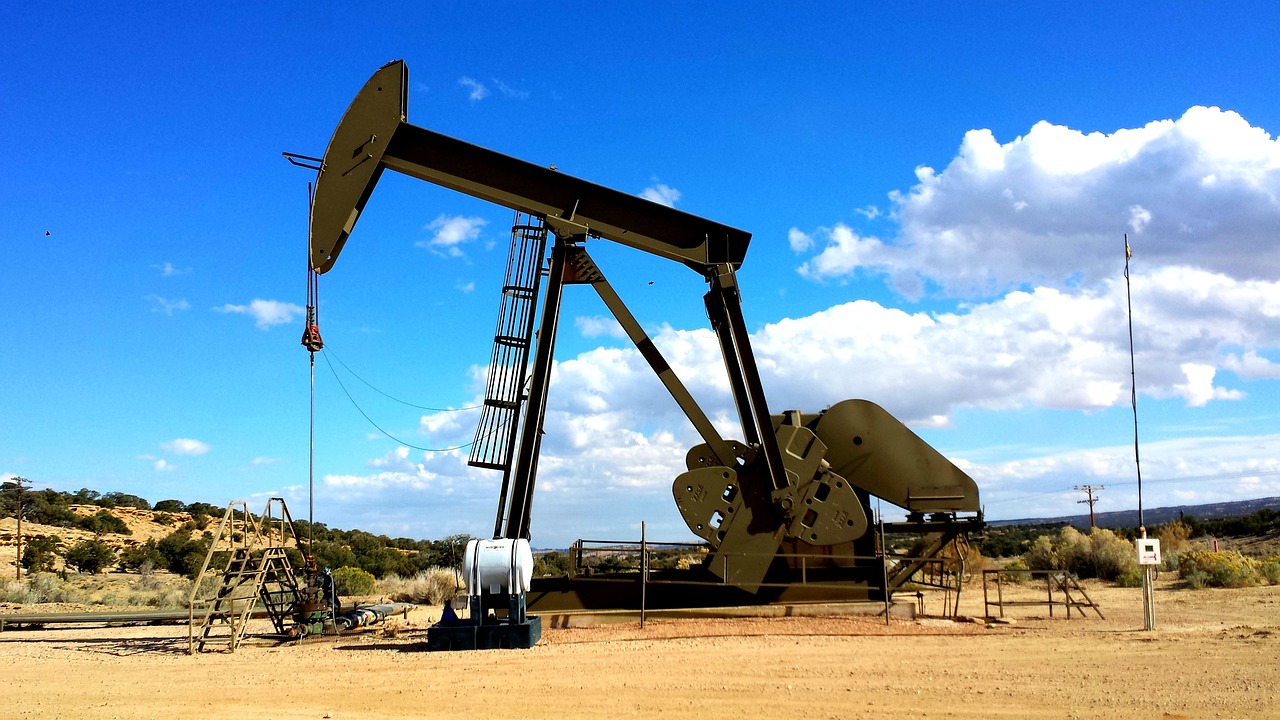A barrel (159 liters) of North Sea Brent crude for July delivery was priced at 83.22 US dollars. This was 12 cents more than the previous evening. The price for a barrel of the American West Texas Intermediate (WTI) variety, meanwhile, rose by about one dollar to 78.88 dollars. However, due to the holiday, this price change refers to the last available settlement from Friday.
Oil prices continue to move within a narrow trading range. The numerous crises and conflicts around the world have only temporarily led to higher risk premiums in the oil market. While the Gaza war fundamentally poses a threat to crude oil production in the Middle East, the production has not been significantly impacted by the conflict so far.
Attention was drawn to a skirmish between Israeli and Egyptian troops, in which an Egyptian soldier was killed. Relations between Israel and Egypt have soured since the start of the Gaza war. At the beginning of the war, there was already an incident where Israel mistakenly fired at an Egyptian military post near a border crossing.
Market participants are already looking ahead to the weekend when representatives of the major oil-producing countries will meet to discuss their strategy. Commodity analysts at ING expect that OPEC+ will continue their production cuts at least through the third quarter.
The geopolitical tensions in the Middle East are always a significant factor in the oil market. The region’s instability often leads to concerns about supply disruptions, which can cause prices to spike. However, the current situation, despite its severity, has not yet led to such a drastic impact. The market appears to be taking a wait-and-see approach, monitoring developments closely.
In addition to geopolitical factors, economic indicators also play a crucial role in determining oil prices. The recent data from major economies like the United States and China suggest a mixed outlook. While the US economy shows signs of resilience, China’s growth appears to be slowing down. This divergence in economic performance affects oil demand expectations, contributing to the current price stability.
Moreover, the ongoing energy transition towards renewable sources is another factor that influences the oil market. As countries strive to meet their climate goals, the demand for fossil fuels is expected to decrease in the long term. This shift is causing oil producers to rethink their strategies, balancing between maintaining current production levels and investing in alternative energy sources.
The upcoming meeting of OPEC+ members is highly anticipated. The coalition, which includes major oil producers like Saudi Arabia and Russia, has been managing production levels to support prices. Analysts believe that the group will likely extend its current production cuts, considering the ongoing uncertainties in the market. However, any unexpected decision could lead to significant price movements.
The oil market’s dynamics are complex, influenced by a myriad of factors ranging from geopolitical events to economic trends and policy shifts. Traders and analysts are continuously assessing these elements to predict price movements and make informed decisions.
